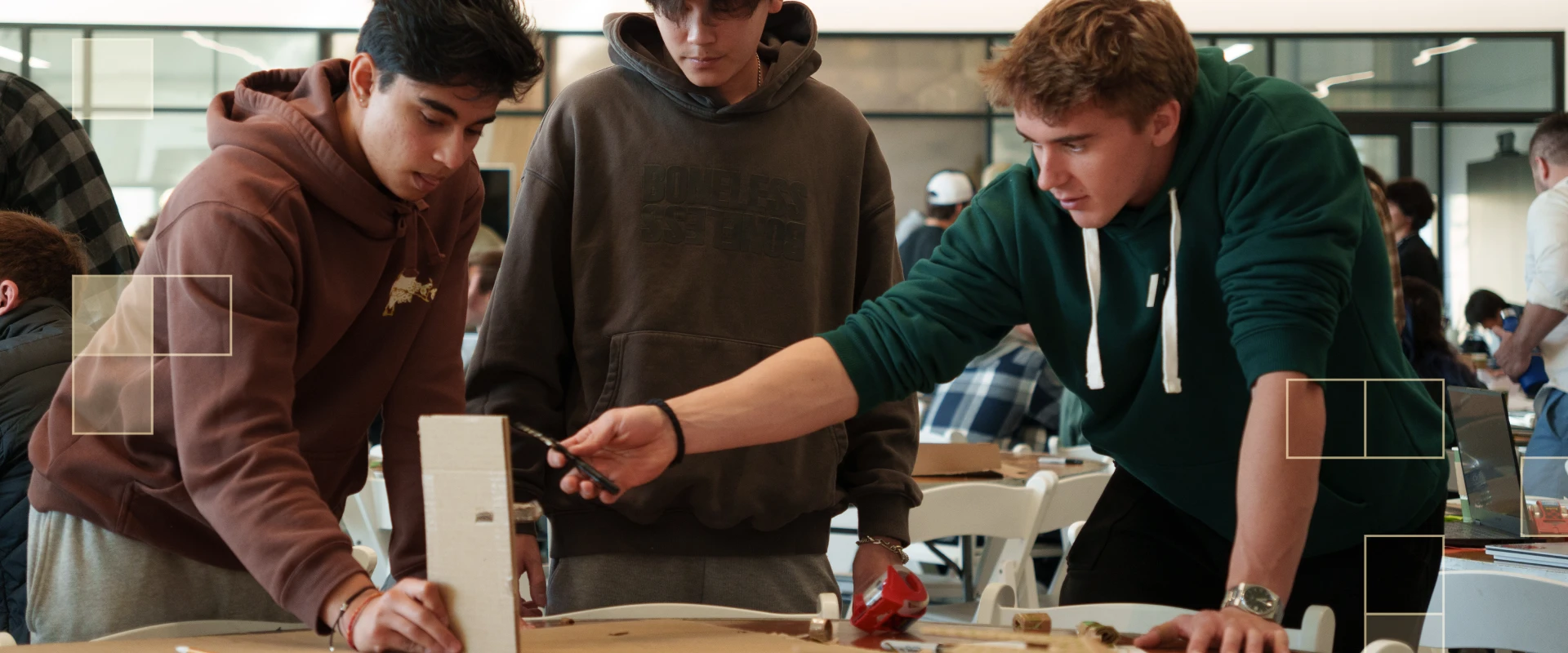
02-18-2025
Experiential learning has become a cornerstone of modern business education. From case studies and simulations to hackathons and company projects, business schools have embraced hands-on methods to equip students with problem-solving and teamwork skills. But one area that remains relatively underexplored in business education is prototyping — a technique widely practiced in engineering.
People often joke that the only thing business students build is spreadsheets. In engineering, however, there’s a deeply ingrained culture of making. I remember learning about machining operations and then actually building a hand drill in my undergraduate engineering program. Holding a piece of metal that I had shaped into something functional was incredibly satisfying. That hands-on experience didn’t just teach me how machines work — it reinforced the value of iteration, precision and real-world problem-solving.
Prototyping is the process of creating a model or sample of a product or system to test and learn from ahead of creating a final design. Unlike traditional experiential learning formats, it challenges students to engage with physical products, pushing them beyond conceptual models and 2D frameworks. This added layer of realism strengthens their iterative problem-solving abilities.
When working with tangible objects and moving parts, feedback is immediate: design flaws become evident, adjustments are tested in real time and students gain a deeper appreciation for the intersection of business and technology. This is particularly crucial as we train future business leaders to navigate an increasingly tech-driven world.
A great example of this in action is the Fall 2024 Prototype Competition for students in Purdue’s Integrated Business & Engineering (IBE) program. Participants were tasked with conceptualizing and developing a functional, moving prototype that not only demonstrated creativity and feasibility, but also had real market potential.
Daniels School of Business is at the forefront of integrating such hands-on projects into the curriculum, ensuring that business students gain real-world experience in product development, technology and innovation. By embedding prototyping challenges into business education, Purdue is bridging the gap between business and engineering, equipping students with technical literacy and critical problem-solving skills.
Prototyping in business education is more than just an exercise in creativity — it’s a critical skill-building experience. By physically engaging with machines and materials, students develop a hands-on understanding of design, functionality and technological constraints. More importantly, they cultivate the mindset needed to lead in a world where business success is increasingly tied to innovation.
As a student commented about the Prototype Competition, “One aspect of this competition that is different than other projects I have been on is physically creating a prototype of the project as well as having a business case to go along with it. Typically, you either get one or the other, but this competition highlighted the importance of having an idea that is feasible both from the business side and the engineering side.”
As experiential learning continues to evolve, integrating prototyping into business curricula could be a game-changer, fostering a new generation of business leaders who don’t just understand technology — they help build it.
Dilip Chhajed is a clinical full professor of management in the Daniels School of Business, executive director of the IBE program, and associate dean for master’s and online programs. His areas of expertise are operations and supply chain management, with particular focus on health care operations and new product development.